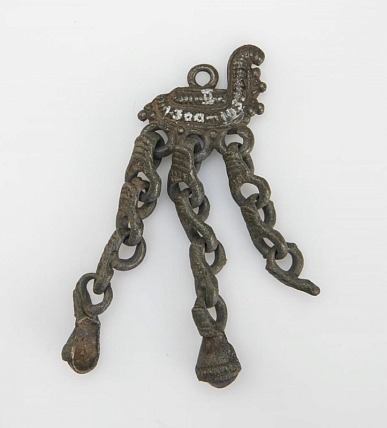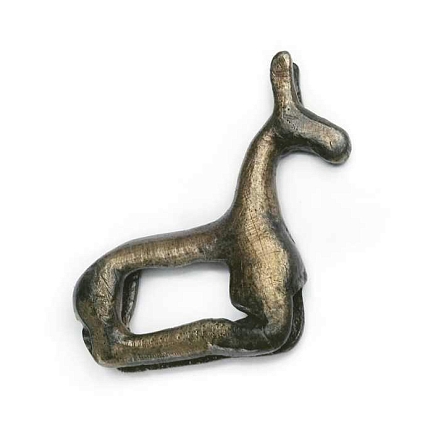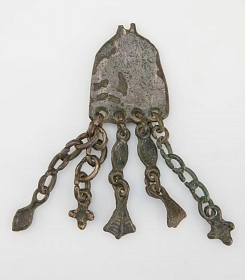- Visit Us Safely
- Opening Hours
- Getting Here
- Admission and Tickets
- Exhibitions
- Virtual 3D Tour
- Kunstkamera Mobile Guide
- History of the Kunstkamera
- The Kunstkamera: all knowledge of the world in one building
- Establishment of the Kunstkamera in 1714
- The Kunstkamera as part of the Academy of Sciences
- The Kunstkamera building
- First collections
- Peter the Great's trips to Europe
- Acquisition of collections in Europe: Frederik Ruysch, Albert Seba, Joseph-Guichard Duverney
- The Gottorp (Great Academic) globe
- Siberian expedition of Daniel Gottlieb Messerschmidt
- The Academic detachment of the second Kamchatka expedition (1733-1743)
- 1747 fire in the Kunstkamera
- Fr.-L. Jeallatscbitsch trip to China with a mission of the Academy of Sciences (1753-1756)
- Siberian collections
- Academy of Sciences' expeditions for geographical and economic exploration of Russia (1768-1774)
- Research in the Pacific
- James Cook's collections
- Early Japanese collections
- Russian circumnavigations of the world and collections of the Kunstkamera
- Kunstkamera superintendents
- Explore Collections Online
- Filming and Images Requests FAQs
Siberian expedition of Daniel Gottlieb Messerschmidt
Daniel Gottlieb Messerschmidt was born in Danzig, studied as the universities of Jena and Halle, where he mastered medicine, zoology, and botany. In 1713, he defended his thesis “On the brains as the predominant principle of all medical science,” received a doctorate in medicine, and came back to his home city. Going on with his scholarly researches, Messerschmidt was working with natural collections of the Cabinet of Johann Philipp Breyne (1680-1764). Inviting Messerschmidt to Russia, the Chief Physician of Peter I and “Superintendent” of the Kunstkamera, Robert Erskine had in mind to engage him in working with the museum collection. Up until then, Erskine’s Secretary J. D. Schumacher was his help on reviewing and describing the Library and Kunstkamera. However, constantly growing natural collections required attention of a professional that Erskine was seeing in the Danzig scholar, which is confirmed by the following Messerschmidt’s words, “according to the conditions <…> you decided to grant me the rights and legal privileges of the museum supervisor,” “the library, as I’ve heard in a roundabout way, will now go under direction of some other man,” namely, Schumacher. In Erskine’s conversations with Messerschmidt, they were even speaking about specific seasons for different kinds of jobs: the winter season was intended for work with the collections, while summer time was meant for expeditions, including exploration of treasures of the soil. The scholar arrived in St. Petersburg on April 9, 1718, and on November 15, he got an order to travel to Siberia “for search of rarities and apothecary stuff, namely grasses, flowers, roots and seeds, and other appendant articles for medical compounds.” Messerschmidt deemed it necessary to study antiquities, make drawings of and stuff animals, study geography, philology, ethnography, and history.
Messerschmidt’s journey ran from Moscow (September 5, 1719) to Kolomna, downstream the Oka River to Nizhny Novgorod, then down the Volga to Kazan, where from by sledges through Khlynov, Solikamsk, Turinsk, and Tyumen to Tobolsk. He had stayed in Tobolsk from December 24, 1719 till March 1, 1721. After that he continued his way through Tara to Tomsk (March 1-30), Kuznetsk, Abakan, Krasnoyarsk (July 5, 1721 - February 20, 1722), Achinsk, the Sayan Mountains (May 13 - October 5, 1722), Mangazeya and upstream the Lower Tunguska (May 8 - September 19, 1723) to Irkutsk (September 19 - December 19, 1723), Nerchinsky Zavod, back to Irkutsk through Chitinsk, to Yeniseisk by the Angara, and back to Tobolsk. On March 22, 1726, he headed back to Moscow through Solikamsk where he had arrived on January 31, 1727.
Messerschmidt came back to Moscow with 14 horse wagons. On March 27, 1727, the scholar got to St. Petersburg, and on March 28, all things he had brought, both intended for the Medical Chancellery and his own, were sealed up, because Messerschmidt had brought and stored them in the apartment he rented and not in the Medical Chancellery. J. Blumentrost, director of the Medical Chancellery, invited academics from the Academy of Sciences (J.-N. De L’Isle, J. Buxbaum, S. Bayer, J.D. Schumacher) to review the items and select those which the Kunstkamera needed. On September 16, 1729, Messerschmidt left for Danzig. The items he had shipped, including naturalia, rarities, books and manuscripts, perished with the ship that sank on September 27 near Pillau. In 1731, Messerschmidt returned to St. Petersburg where passed away on March 25, 1735.
Collections which Messerschmidt had gathered and described himself came to the Kunstkamera in 1729. They included plants with detailed descriptions and references on Tournefort’s system of plant classification; animals with division into 9 classes, namely, insects, mollusks, ostracoderms, snakes, reptilians, cetaceans, birds, and quadruped; in his descriptions, Messerschmidt was giving names in Latin, Russian, German, English, Tangut, and Mongol languages. The minerals he collected were divided in 6 classes: water, earth, sulphur, salts, metals, stones. Archeological items brought by Messerschmidt had high importance for the academic museum because he was not only buying them but doing excavations himself, with indications in his journal of when and under what obstacles, and to which depth excavations had been carried out.
Materials collected by D. G. Messerschmidt and their descriptions performed by the scholar himself had a great value for the botanical, zoological, archeological, ethnographic, and linguistic studies carried out at the Academy of Sciences.







